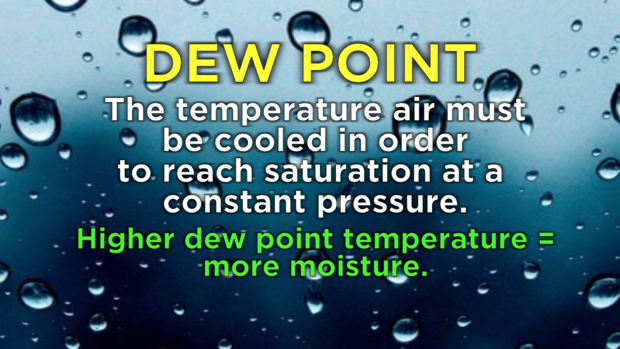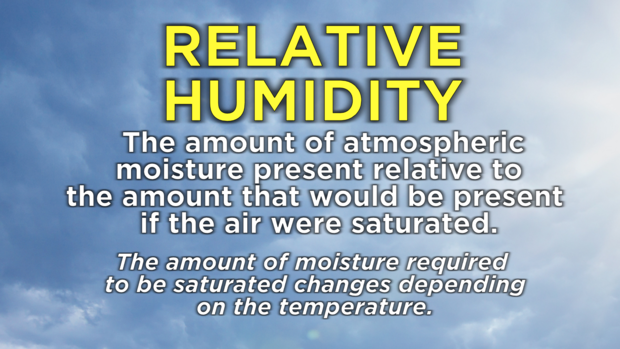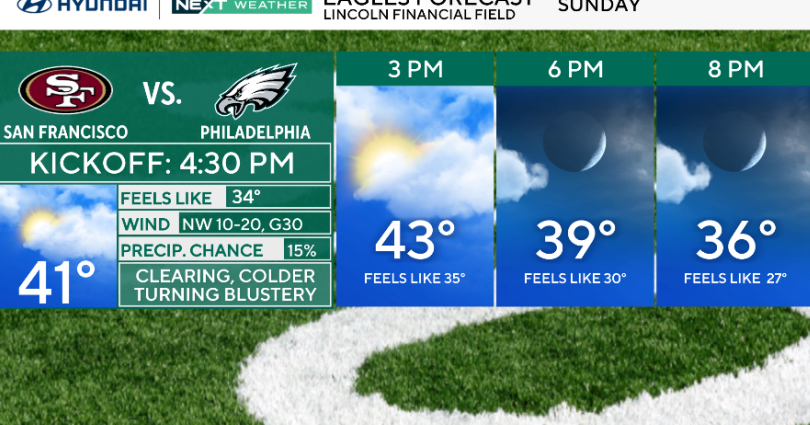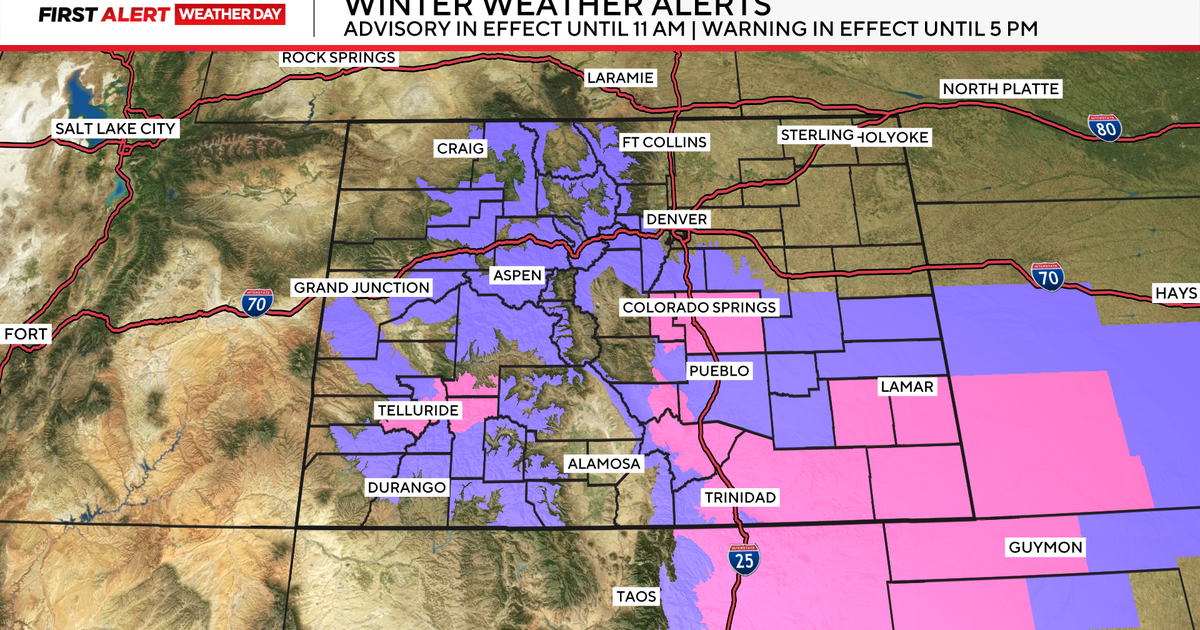What's the difference between dew point and relative humidity? A meteorologist explains.
PITTSBURGH (KDKA) — Oftentimes in weathercasts, you'll hear KDKA-TV's First Alert meteorologists mention the relative humidity and dew point, but what are these two terms and what do they mean?
Do they mean or describe the same thing or are they different?
Dew point vs. relative humidity
The short answer is both terms are different and describe different things about moisture in the air.
The dew point is another temperature value. It is the temperature air needs to cool to become saturated at a constant pressure.
Relative humidity is the amount of vapor in the air over the maximum amount of vapor the air can hold (saturation) at a specific temperature.
Referring to the dew point to describe how the air feels or how much moisture is present is more appropriate because relative humidity fluctuates rapidly from temperature changes. The relative humidity can change rapidly throughout the day even when the amount of moisture stays constant.
For example, the relative humidity on a given day may vary between 90% in the morning and 38% in the afternoon and it still feels relatively comfortable. In the morning when the air is cool, it has less space to hold a larger amount of water vapor, so a relatively small amount of water vapor can cause the relative humidity to be very high.
You might see dew form on surfaces where water vapor can properly cool and condense in a case like this, but it will still feel comfortable to most people outside. As the day progresses, and the air warms up from rising heat currents originating from the earth's surface, the relative humidity will quickly drop when the amount of water vapor in the air remains constant.
The dew point typically changes much more slowly compared to relative humidity, unless a front is passing through or precipitation starts to fall in a dry air mass. Higher dew point temperatures indicate the presence of more moisture as a warmer air mass holds more moisture. The higher amount of moisture and hotter air feel more uncomfortable and even oppressive to the human body, which is why we only show dew points on the "Muggy Meter" and not relative humidity.









